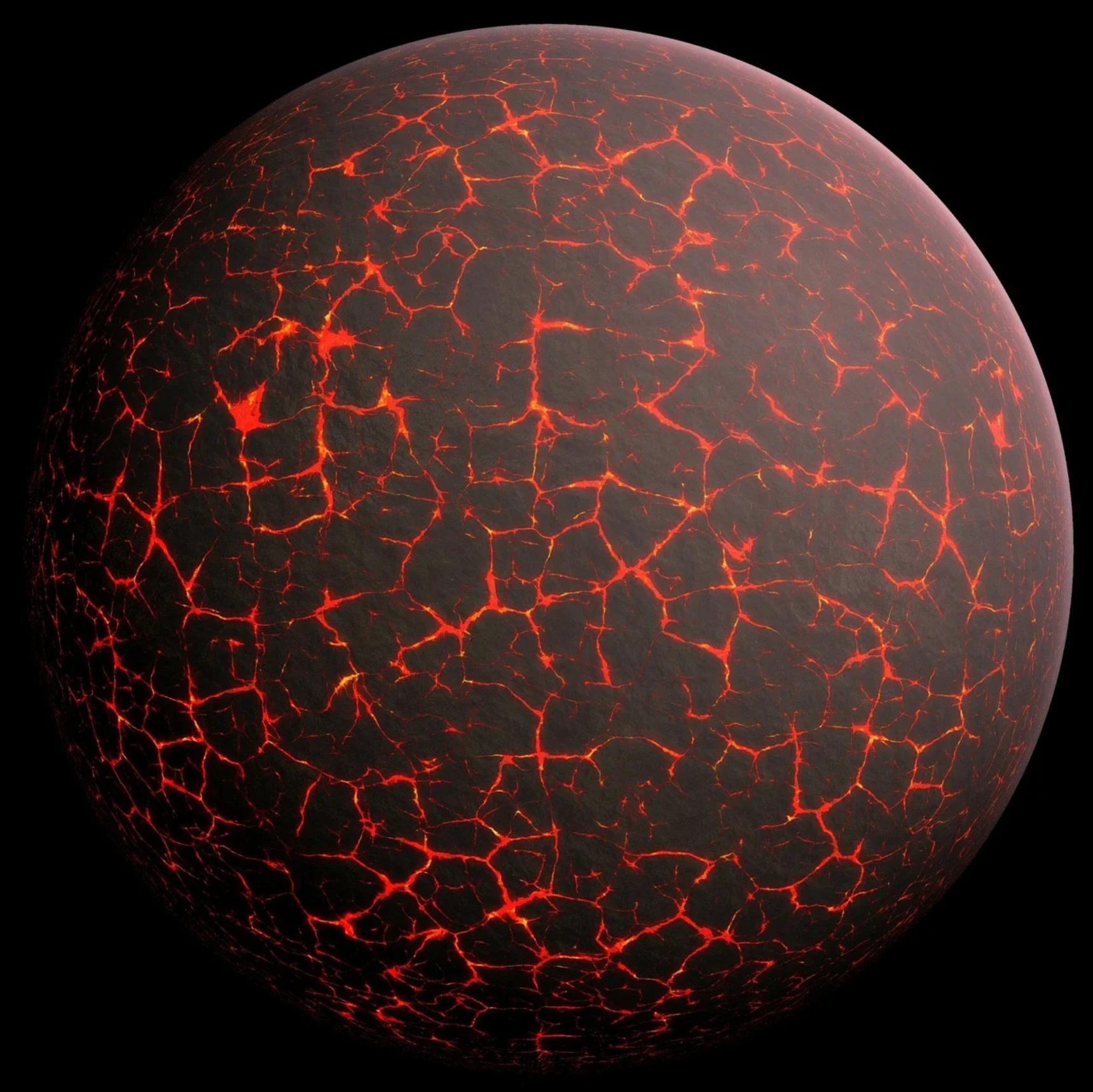
Origins |
||

Where we left off . . .
4.6 billion years ago: We have a star (the Sun), and planets are forming, although evidence suggests that proto-Jupiter and proto-Saturn's orbits weren't stable, causing other protoplanets to collide, move from one orbit to another, or get flung out of our solar system.
All the planets looked pretty similar at this stage:
Particles still whizzing about the solar system. These meteor impacts add material and heat to the protoplanets.

Image source: "mercury-venus-earth-mars-jupiter-163610" by Pixabay is licensed under CC BY 4.0
If you look at pictures of the moon, Mars, or many other planets, impact craters dominate their surfaces. Why don't we see this on Earth?
The short version of the story? About 30–50 million years after the Solar System formed , the protoplanet Theia collided with proto-Earth. But, it's a bit more complicated than that.
|
Hypothesis #1 |
Hypothesis #2 |
|---|---|
|
|

Image Source: "earth_impact_moon_space_art2" by Fahad Sulehria , Nova Celestia is licensed under CC BY 4.0
It can be hard to visualize some processes. Watch this video, Collision That Formed The Moon by SpaceRip. As you do, note the following:
Earlier, you learned about The Scientific Method. Scientists asked these questions, and then explored possible answers, which lead to the formation of both hypotheses. We don't have all the answers yet, but continually asking questions will bring us closer to getting them.
copyright Sonjia Leyva 2022 |
|